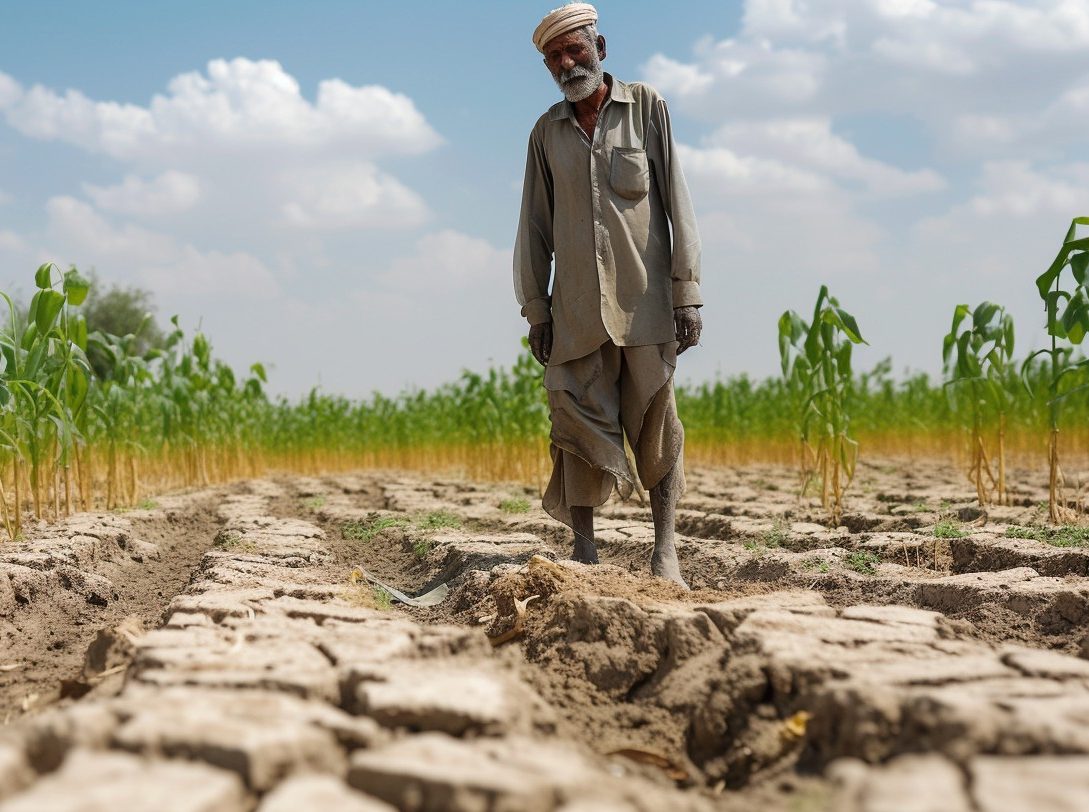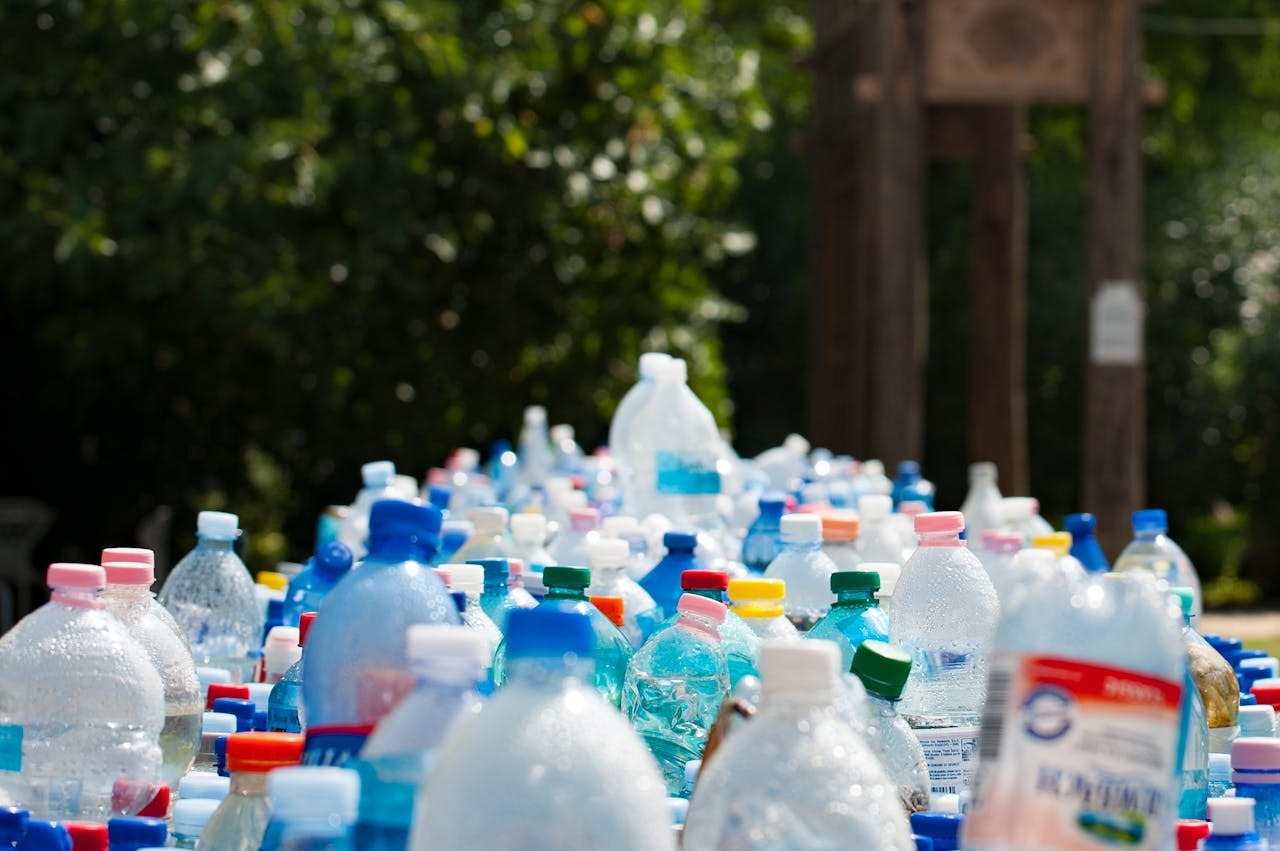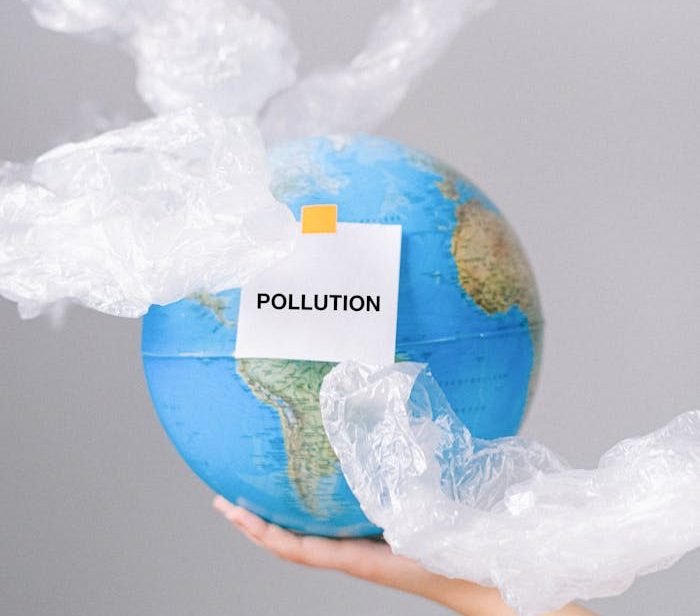In a world where “more water” sounds like the perfect summer vacation, the reality is starting to look more like a horror movie for food crops. The global water crisis isn’t just creeping up on us—it’s barging through the door, and guess what? Our dinner plates are in the crossfire.
The Crops Are Parched—And So Is Our Future
It turns out that water isn’t just a summer day essential for humans but also a lifeline for food production. As water becomes scarcer, crops that make up the global food supply are gasping for it. Major staples like wheat, rice, and corn, which keep billions fed, are at risk as droughts and erratic water supplies wreak havoc. You thought your houseplants were tough to keep alive? Try feeding the world with them.
According to the World Resources Institute, the situation is especially dire in regions like South Asia and the Middle East, where water scarcity is already a daily struggle. As the climate continues to go haywire, even the once water-rich countries are finding themselves in the drought zone. In short: no water, no food. And no food… well, you get the idea.
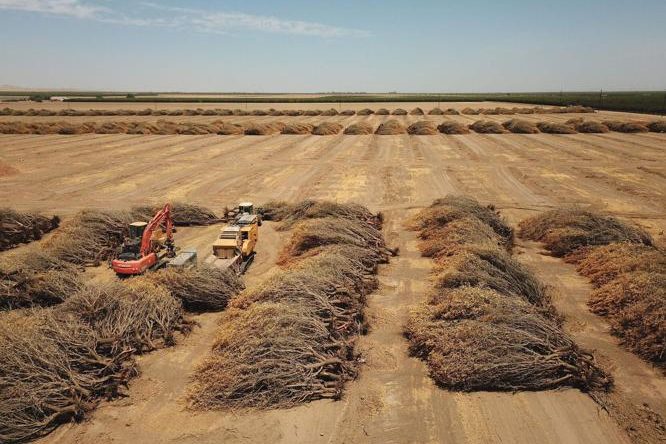
More Water, Fewer Crops: The Irony of Over-Irrigation
Weirdly enough, over-irrigation—using more water than crops actually need—has led to some of the very water shortages now threatening agriculture. It’s like guzzling down all your soda at the start of a movie, only to realize there’s none left for the popcorn. From India to California, farmers are learning this lesson the hard way, draining aquifers faster than nature can refill them.
But it’s not all doom and gloom. Some experts believe that by managing water smarter, and even transitioning to crops that require less water, we can keep agriculture on a sustainable path. So yes, there’s hope. But right now, it’s looking like a crop swap might be in our future.
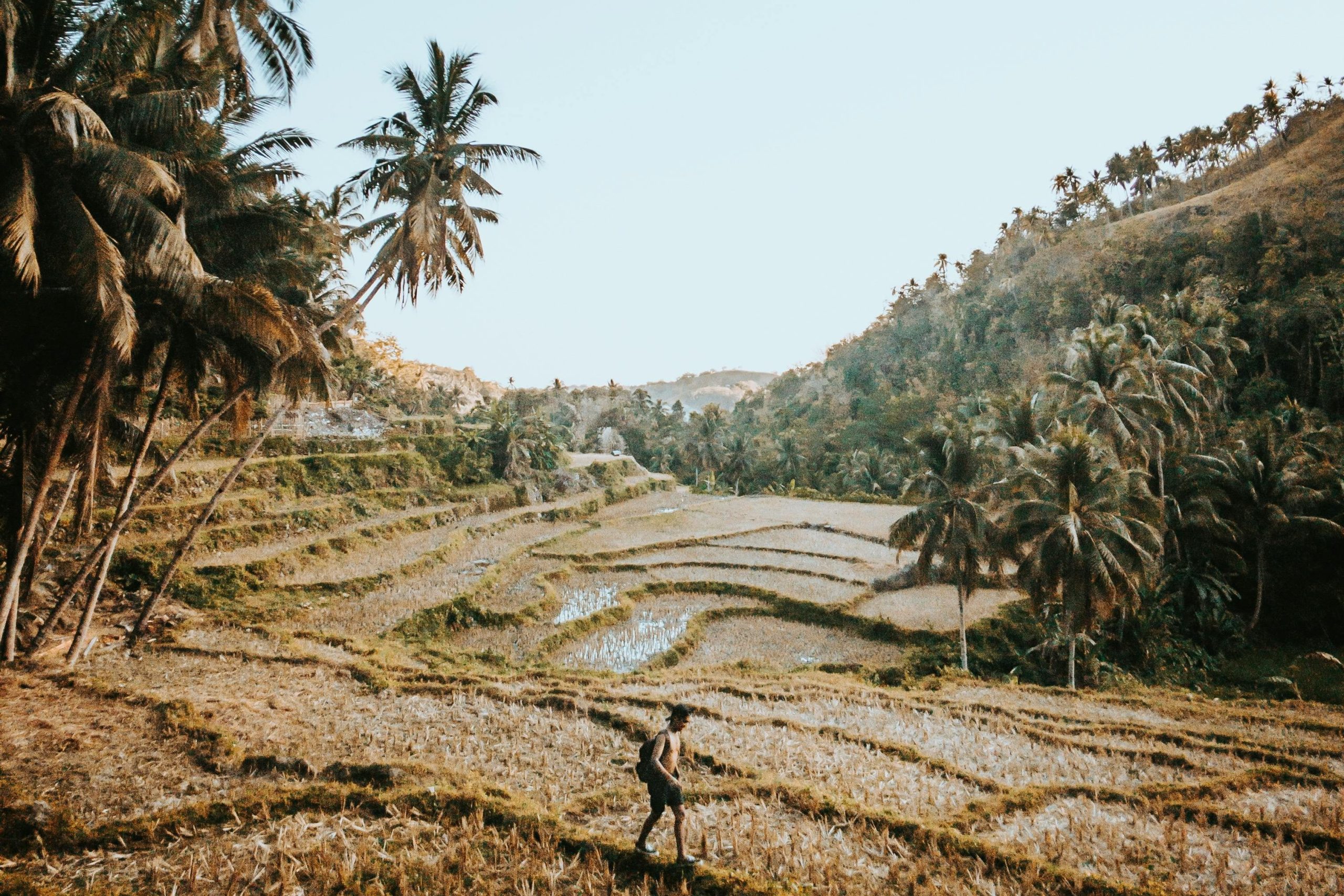
The “Global Conveyor Belt” is Broken
Here’s where things get even more interesting—and a bit terrifying. Water is the oil that keeps the global food conveyor belt running. When regions that supply food crops—like the U.S. Midwest—experience droughts, the whole world feels it. That’s because our food supply chains are globalized. A drought in one place can cause prices to skyrocket in another, meaning even if you’re not farming, you’ll feel it in your wallet.
The New York Times points out that the instability in the global water cycle has thrown food production completely out of whack. Whether it’s flooding in Pakistan or droughts in Europe, the disruption to the water cycle means the world has fewer and fewer reliable growing regions each year.
How You Can Stay Hydrated (And Help Save Crops)
So what can you do? Besides taking shorter showers and not drowning your lawn, you can stay informed and support initiatives that focus on water conservation and smarter farming techniques. We might not all be farmers, but we’re all eaters, so this is everyone’s problem.
Want to dig deeper into the nitty-gritty of the global water crisis? Check out the full reports on WRI, The Guardian, and CNN.

